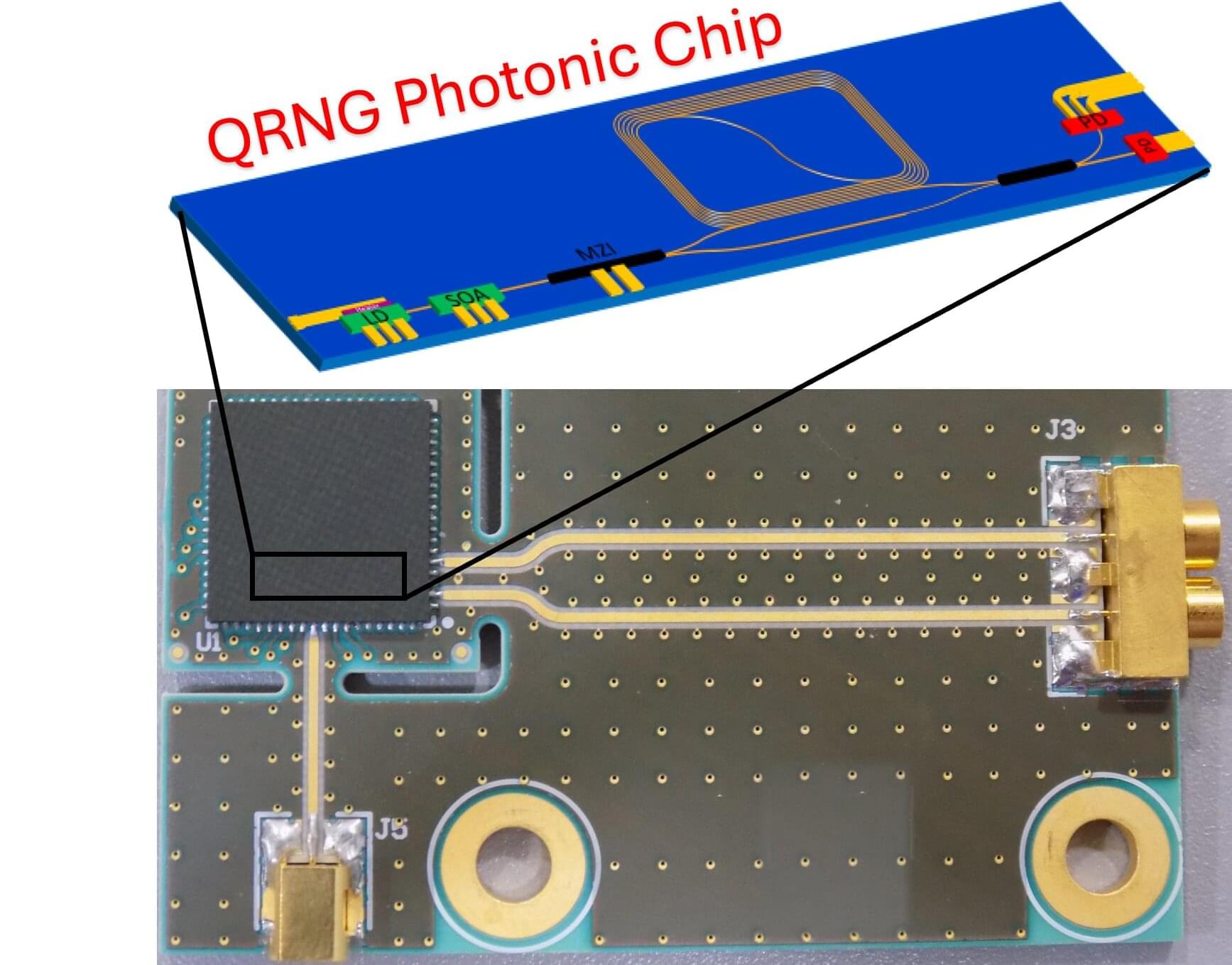Reflectiz: The ultimate website security solution that proactively detects, prioritizes, and mitigates web threats. Say goodbye to client-side attacks





Researchers have developed a chip-based quantum random number generator that provides high-speed, high-quality operation on a miniaturized platform. This advance could help move quantum random number generators closer to being built directly into everyday devices, where they could strengthen security without sacrificing speed.

Imagine the benefits if the entire internet got a game-changing upgrade to speed and security. This is the promise of the quantum internet—an advanced system that uses single photons to operate. Researchers at Tohoku University have developed a new photonic router that can direct single and quantum entangled photons with unprecedented levels of efficiency. This advancement in quantum optics brings us closer to quantum networks and next-generation photonic quantum technologies becoming an everyday reality.
The findings were published in Advanced Quantum Technologies on September 2, 2025.
Photons are the backbone of many emerging quantum applications, from secure communication to powerful quantum computers. To make these technologies practical, photons must be routed quickly and reliably, without disturbing the delicate quantum states they carry.

Two Supermicro BMC flaws (CVE-2025–7937, 6198) bypass signature checks, risking persistent server compromise
The U.S. Secret Service on Tuesday said it took down a network of electronic devices located across the New York tri-state area that were used to threaten U.S. government officials and posed an imminent threat to national security.
“This protective intelligence investigation led to the discovery of more than 300 co-located SIM servers and 100,000 SIM cards across multiple sites,” the Secret Service said.
The devices were concentrated within a 35-mile (56 km) radius of the global meeting of the United Nations General Assembly in New York City. An investigation into the incident has been launched by the Secret Service’s Advanced Threat Interdiction Unit.

A Chinese company has showcased new types of fabrics that can withstand extreme temperatures. Some of the fabric materials presented were waterproof and windproof while remaining breathable.
Safmax presented these advanced fabrics at the second Public Security Tech Expo in Lianyungang, China.
The company’s new flame-retardant material can withstand temperatures up to 2,192 degree Fahrenheit (1,200 degrees Celsius). This fabric can maintain its structure without deforming, shrinking, or melting.
This type of fabric can be used in firefighting suits and fire blankets to isolate airflow during battery fires in new energy vehicles.
Safmax’s new flame-retardant material can withstand high temperatures maintaining its structure without deforming, shrinking, or melting.
ShadowLeak zero-click flaw in ChatGPT Deep Research leaks Gmail data via hidden HTML prompts, bypassing security